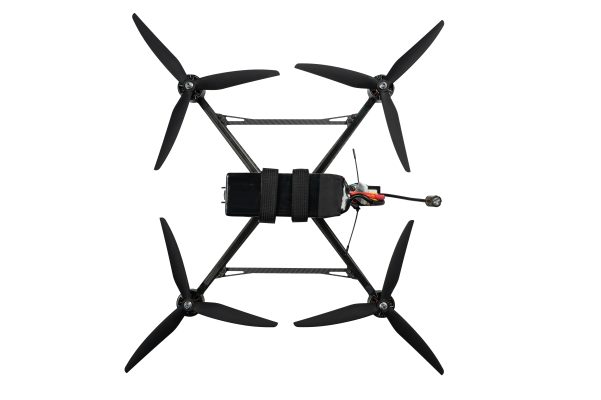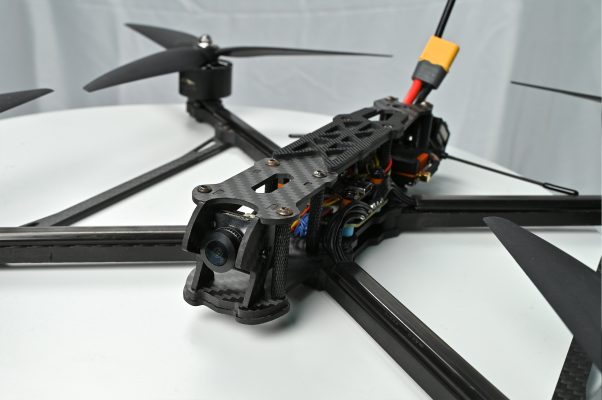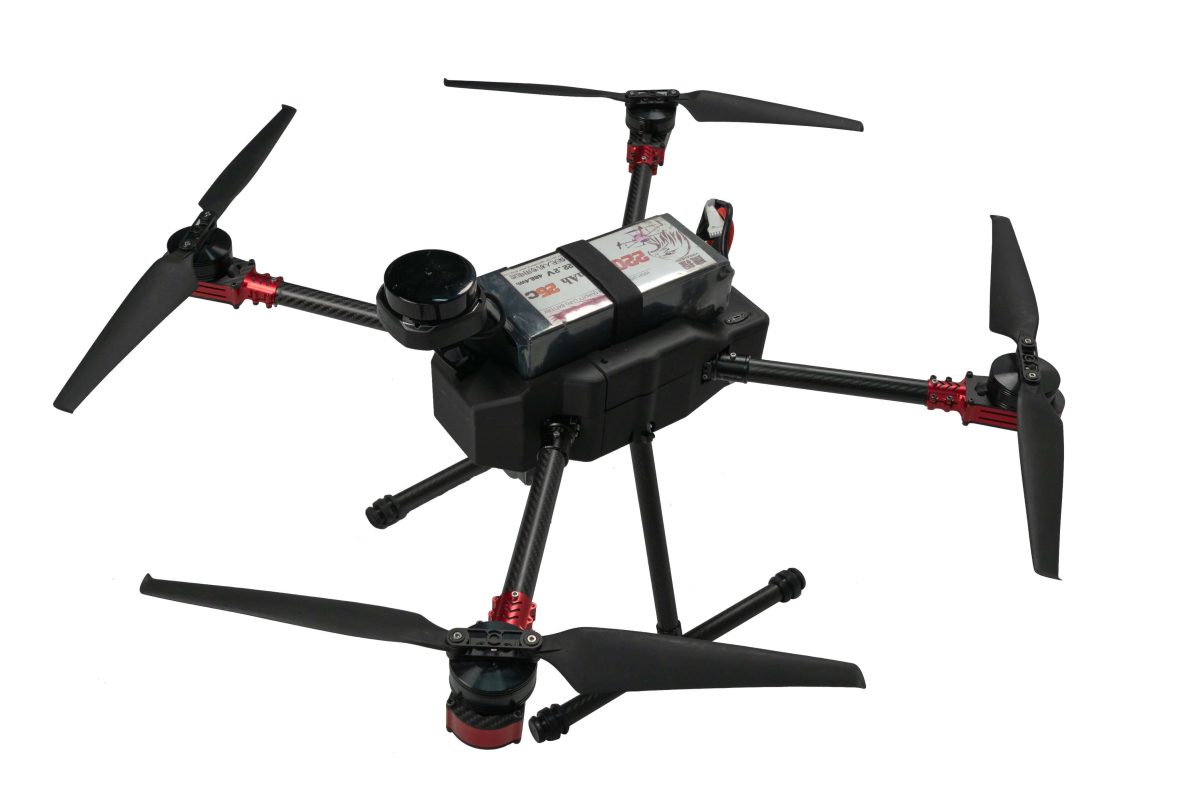Blog
FPV Drone Laws and Safety Guidelines: What You Must Know (Global Guide)
Introduction
Flying FPV drones is exciting, but it also comes with responsibility. Every country has its own regulations, and violating them may lead to fines, equipment confiscation, or even legal action. As a global FPV pilot, understanding airspace rules and basic safety principles is just as important as knowing how to fly.
In this blog, we provide a global overview of FPV drone regulations, registration systems, safety best practices, and beginner mistakes to avoid — no matter where you fly.

1. Do I Need to Register My FPV Drone?
In many countries, yes.
Here’s a quick reference:
| Country/Region | Registration Required | Authority |
|---|---|---|
| United States | Yes (FAA) | Federal Aviation Administration |
| EU Countries | Yes (EASA) | European Union Aviation Safety Agency |
| United Kingdom | Yes | Civil Aviation Authority (CAA) |
| Canada | Yes | Transport Canada |
| Australia | Yes | CASA |
| Japan | Yes (from 100g+) | Ministry of Land, Infrastructure and Transport |
| China | Yes (250g+) | CAAC |
Most regions require registration if the drone exceeds 250 grams, and some require pilot certification even for recreational flying.
2. What Are the Basic Global FPV Rules?
Although rules differ, the following core guidelines apply almost everywhere:
-
Always maintain visual line of sight (VLOS)
FPV goggles often violate this rule. Some countries allow FPV if a spotter is present. -
Maximum altitude: usually 120 meters (400 feet)
Flying higher may interfere with manned aircraft. -
Stay away from airports, crowds, roads, and emergency scenes
-
Do not fly at night unless explicitly permitted
-
Respect privacy — no flying over private homes without consent
-
Don’t fly over national parks or military zones
In short: fly low, fly safe, fly respectfully.

3. Do I Need a License to Fly FPV?
This depends on your drone weight and location. For example:
-
USA: If you fly recreationally, you must pass the FAA TRUST test. Commercial flyers need Part 107.
-
EU: You must complete an online training course and register as an operator.
-
Canada: Two license levels — Basic and Advanced. Even FPV flyers must qualify.
-
Japan/China: FPV with goggles often requires spotters or special approval.
4. Top 6 Safety Tips for FPV Pilots
-
Check your gear before every flight – Loose screws, cracked arms, damaged props can lead to crashes.
-
Always fly in open, legal areas – Avoid public spaces unless permitted.
-
Use GPS apps (like AirMap or DroneAssist) – To check restricted zones.
-
Carry registration info and ID if needed
-
Don’t fly near wildlife, hospitals, or schools
-
Fly with a buddy or spotter if using goggles
5. Common Mistakes That Could Get You in Trouble
-
Flying near airports or heliports
-
Ignoring altitude limits
-
Flying over people or vehicles
-
Posting illegal flight footage online (yes, authorities watch YouTube)
-
Flying without registration or license
Conclusion
The freedom of FPV flying comes with responsibility. Learn your country’s rules, follow basic safety habits, and avoid reckless flying. A little preparation can protect both your gear and your reputation as a pilot. FPV is about fun — let’s keep it legal and safe.



